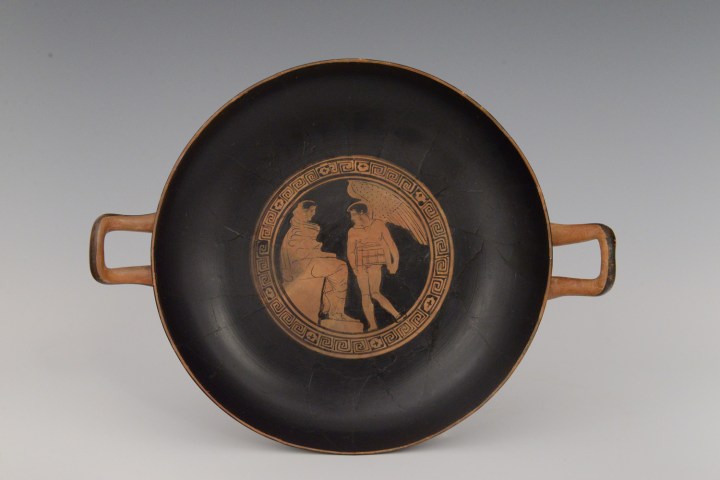Fig. 2 Attic black-figure neck-amphora, (jar), ca. 500 B.C.E, Dionysus and Dancing Maenads, Height: 11 in. (27.9 cm); Diameter of mouth: 5 3/8 in. (13.7 cm); Diameter of foot: 3 5/8 in. (9.2 cm) Joslyn Art Museum, Gift of Dr. and Mrs. J. Hewitt Judd, 1965.408

Where does myth stop and reality start? In the minds of ancient Greek people, myth and history were intertwined. They built their perception of the world on their views of the gods and mythology. Thus, to the Greeks, the stories depicted on Greek vases are very real and have relevance in everyday life, as fantastical as they may seem to us today. From mythical Amazon warrior women to their real Scythian counterparts, soon visitors to The Nelson-Atkins Museum of Art will have a chance to see for themselves just how tangled these stories of myth and reality could become. A new installation featuring nearly 40 ancient Greek Vases from the collection of the Joslyn Art Museum will be on view in the Rozzelle court balcony galleries this June, free of charge.
For a long time, modern scholars believed that Amazons were little more than a figment of ancient imaginations. They were the fierce warrior women of Ancient Greek tradition who lived in lesbian communities and chopped off their breasts so they could take better aim with their arrows at Greek male gods. Homer immortalized them in The Iliad, and centuries later, they played a central role in DC Comics’ Wonder Woman. An example of this mythic battle appears on an amphora, or jar, by The Omaha Painter, as part of this display. (Fig. 1) (Incidentally, it is the only known example by The Omaha Painter in this country; another example exists in the Louvre Museum in Paris. Weapons drawn, they match wits in a tense stand-off.

Joslyn Art Museum, Museum purchase, 1953.257

While myths about Amazon women and their homosexuality and self-mutilation remain doubtful, recent archaeological discoveries show that these fierce female fighters were almost certainly rooted in reality. There was an ancient group of nomadic warriors, known as the Scythians, who lived in what is now southern Siberia. Their culture flourished from around 900 BCE to around 200 BCE, and their territory extended across Central Asia from China to the northern Black Sea. Unlike Greek myth, Scythian societies were not exclusively women; they simply included female members who lived and fought like men. They were a hard-core people, with a reputation for smoking hemp and drinking excessive amounts of undiluted wine, unlike the Greeks, who mixed wine with water.
Diluted or not, wine was a central part of Greek life, and the Greek God Dionysus served as its figurehead. Celebrated during cultural festivities, wine-induced ritualistic dances, and depictions of drunken revelry, the worship of Dionysus provided a means for people to indulge in behavior normally forbidden. In this amphora, (Fig. 2) Dionysus rides a mule in a drunken procession flanked by his dancing female followers. Known as the maenads, from the root word “mania,” (excitement manifested by mental and physical activity) in mythology, these mortal women underwent dramatic transformations under the influence of Dionysus. During their ecstatic frenzy, they would lose all self-control, begin shouting excitedly and engage in uncontrolled, hyperactive and sometimes violent behavior. Their presence, an historical mechanism of Greek intellects and artists at the time the Joslyn vase was created around 500 BCE, issued a “warning” to the polis, or community structure of ancient Greece, to guard the balance between the wild self and the civilized self. In time, the term maenad has come to be associated with a wide variety of women, supernatural, mythological, and historical, associated with the god Dionysus and his worship.
The occurrence and frequency of scenes that blur the boundaries between myth and life offered the Greeks an opportunity to test the boundaries between men and women, human “reality” and the not-quite-human world of myth. All of these examples, and many more, will be on display at the Nelson-Atkins this June.
–Aimee Marcereau DeGalan, Ph.D., Louis L. and Adelaide C. Ward Senior Curator of European Art





